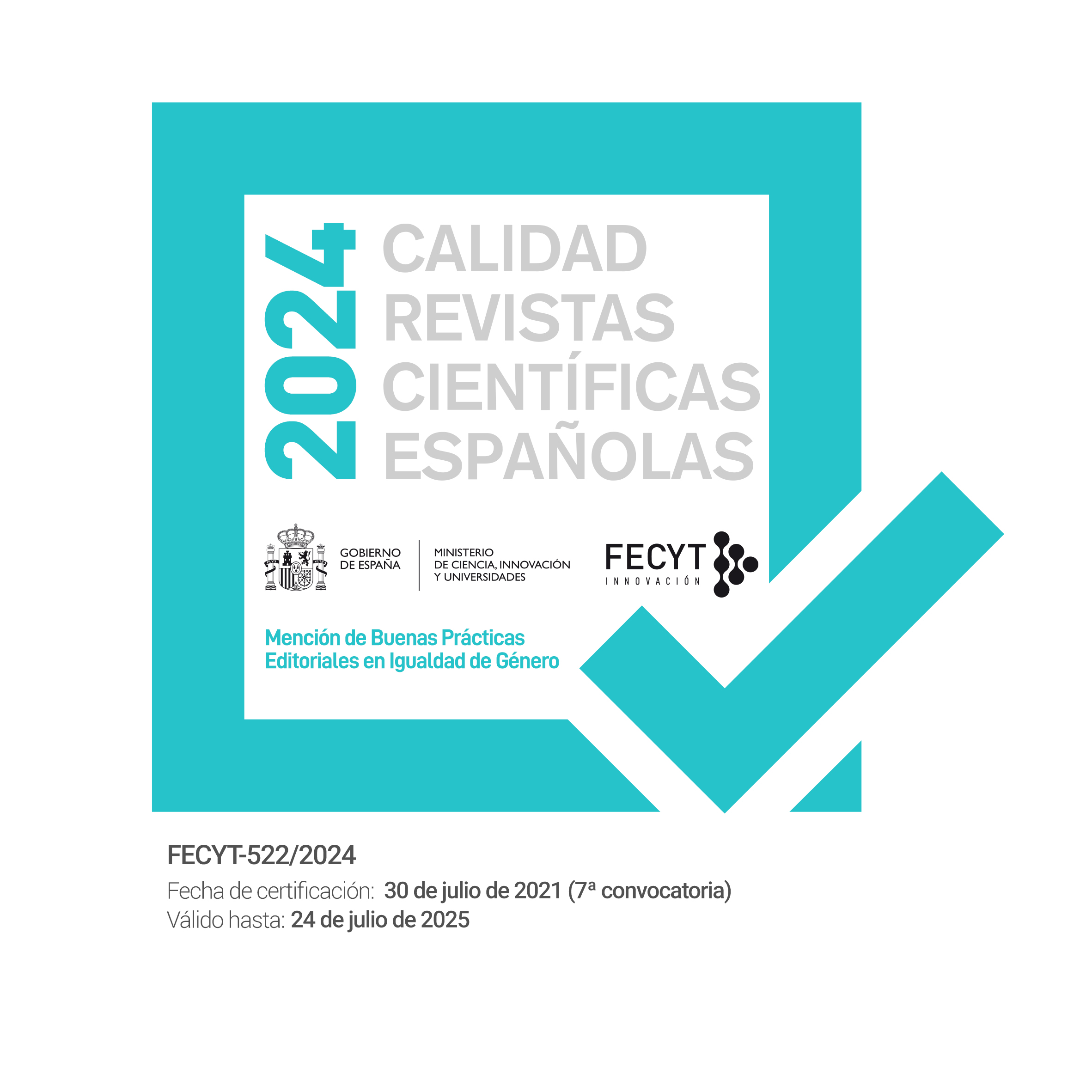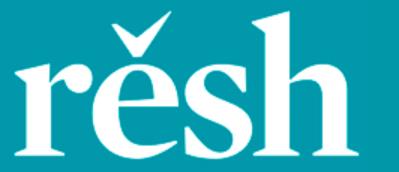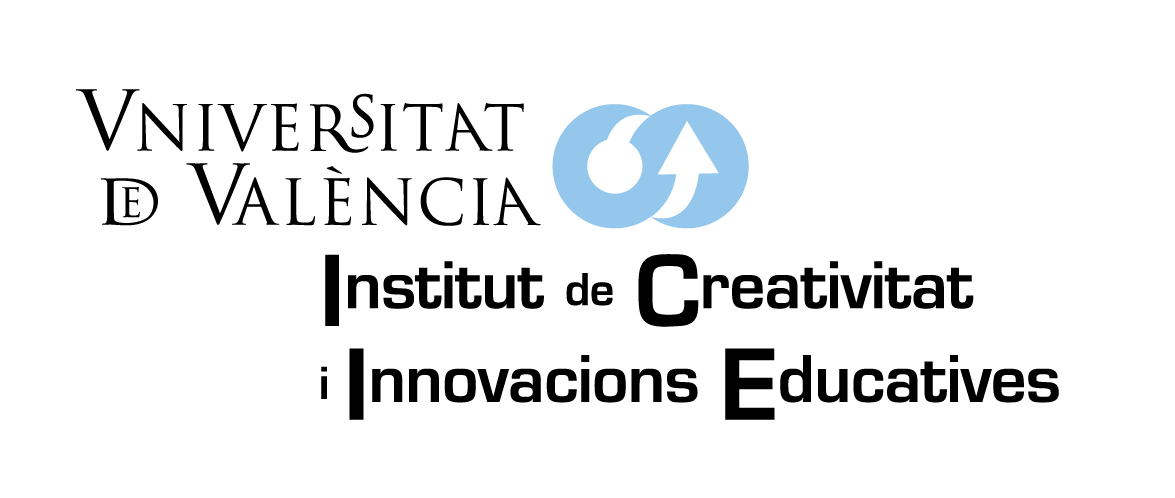Educación formal e informal en confinamiento: una creciente desigualdad de oportunidades de aprendizaje
DOI:
https://doi.org/10.7203/RASE.14.1.18177Palabras clave:
desigualdad educativa, desigualdad acumulativa, brecha digital, cierre escolar, actividades extraescolares, educación informal Resumen
Resumen
El cierre de escuelas en Cataluña para contener los efectos de la COVID-19 obligó a las escuelas y las familias a reaccionar en poco tiempo y sin planificación previa ante un nuevo escenario de enseñanza. Este artículo evalúa el impacto del cierre escolar sobre la desigualdad de aprendizaje entre niños de diferentes contextos sociales en Cataluña. A partir de los datos de una encuesta en línea realizada entre el 26 y el 30 de marzo (n = 35.419) a familias con hijos entre 3 y 18 años, nuestro análisis muestra que las oportunidades de aprendizaje varían significativamente en función de las características del alumnado. Durante el confinamiento, algunas escuelas consiguieron adaptarse a las nuevas circunstancias con mejores medios que otras. De igual forma, el capital socioeconómico y cultural de las familias comportó diferencias significativas en las oportunidades de aprendizaje para los niños de diferentes orígenes sociales. Las familias de clase media pudieron mantener estándares más altos de calidad educativa en un contexto crítico, mientras que aquellas socialmente desfavorecidas mostraron una menor exposición a las oportunidades de aprendizaje, tanto en tiempo como en experiencias (tareas escolares y actividades extracurriculares). Los resultados difieren según el tipo de escuela (público/privada), el capital social y cultural y las condiciones de vida familiares. En la parte final del artículo, destacamos la importancia del papel de la escuela para garantizar oportunidades de aprendizaje para los niños de bajos niveles socioeconómicos y discutimos algunas de las implicaciones políticas de nuestros resultados.
 Descargas
Descargas
 Citas
Citas
Abadzi, H. (2009). Instructional time loss in developing countries: Concepts, measurement, and implications. World Bank Research Observer, 24(2), 267–290. https://doi.org/10.1093/wbro/lkp008
Alegre, M.A. (2016). Are Summer Programs Effective In Improving Learning And Educational Outcomes In Students? Barcelona: Ivàlua-Fundació Jaume Bofill Retrieved from
http://www.ivalua.cat/documents/1/05_07_2016_10_24_36_Summer_programs_Whatworks_03_.pdf
Alegre, Miguel A., & Benito, R. (2012). Climas y (sobretodo) culturas escolares: cómo se explican y qué permiten explicar. In C. Gómez-Granell & P. Mari-Klose (Eds.), Familia y Relaciones Intergeneracionales: un Espacio de Oportunidades para la Educación de los Hijos e Hijas. Barcelona: Institut d’Infància i Món Urbà.
Blank, G. (2017). The digital divide among Twitter users and its implications for social research. Social Science Computer Review, 35(6), 679–697. https://doi.org/10.1177/0894439316671698
Borse, R. H., Behravesh, C. B., Dumanovsky, T., Zucker, J. R., Swerdlow, D., Edelson, P., Meltzer, M. I. (2011). Closing schools in response to the 2009 pandemic influenza a H1N1 virus in New York City: Economic Impact On Households. Clinical Infectious Diseases, 52(SUPPL.1), 168–172. https://doi.org/10.1093/cid/ciq033
Bradley, J. L., & Conway, P. F. (2016). A dual step transfer model: Sport and non-sport extracurricular activities and the enhancement of academic achievement. British Educational Research Journal, 42 (4), 703-728 https://doi.org/10.1002/berj.3232
Burgess, S., & Henrik Sievertsen, H. (01/04/2020). The impact of COVID-19 on education. VOX, CEPR Policy Portal. Retrieved from https://voxeu.org/article/impact-covid-19-education
Cattaneo, M. A., Oggenfuss, C., & Wolter, S. C. (2017). The more, the better? The impact of instructional time on student performance. Education Economics, 25(5), 433–445. https://doi.org/10.1080/09645292.2017.1315055
Chen, W. C., Huang, A. S., Chuang, J. H., Chiu, C. C., & Kuo, H. S. (2011). Social and economic impact of school closure resulting from pandemic influenza A/H1N1. Journal of Infection, 62(3), 200–203. https://doi.org/10.1016/j.jinf.2011.01.007
Coe, R., Weidmann, B., Coleman, R., Kay, J., Ellis-thompson, A., Gnanapragasam, A., Zaman, M. (2020). Impact of School Closures on the Attainment Gap. London: Education Endowment Foundation.
Dahmann, S. (2015). How Does Education Improve Cognitive Skills? Instructional Time versus Timing of Instruction. SOEP — The German Socio-Economic Panel Study at DIW Berlin. https://doi.org/10.2139/ssrn.2630179
Goldstein, D. (5h june 2020). Research Shows Students Falling Months Behind During Virus Disruptions. The NY Times. Retrieved from https://www.nytimes.com/2020/06/05/us/coronavirus-education-lost-learning.html?smid=tw-share
Goodman, J. S. (2014). Flaking out: Student absences and snow days as disruptions of instruction time. NBER Working Paper Series (Vol. 20221). https://doi.org/10.3386/w20221
Gromada, A., & Shewbridge, C. (2016). Student Learning Time: A Literature Review. OECD Education Working Papers, No. 127. https://doi.org/10.1016/B978-0-08-098285-4.00004-2
Hanushek, E. A. (2015). Time in Education: Introduction. Economic Journal, 125(588), F394–F396. https://doi.org/10.1111/ecoj.12266
Huebener, M., Kuger, S., & Marcus, J. (2017). Increased instruction hours and the widening gap in student performance. Labour Economics, 47, 15–34.
Iqbal, S., Azevedo, J., Geven, K., Hasan, A., Patrinos, H., & P, A. (2020). We should avoid flattening the curve in education – Possible scenarios for learning loss during the school lockdowns. Education for Global Development. Retrieved from https://blogs.worldbank.org/education/we-should-avoid-flattening-curve-education-possible-scenarios-learning-loss-during-school
Jaume, D., & Willén, A. (2019). The long-run effects of teacher strikes: Evidence from Argentina. Journal of Labor Economics, 37(4), 1097–1139. https://doi.org/10.1086/703134
Kay, J. (2020). Remote Learning. London: Education Endowment Foundation.
Kuhfeld, M., & Tarasawa, B. (2020a). Projecting the potential impacts of COVID-19 school closures on academic achievement. NWEA Research. Retrieved from
Kuhfeld, M., & Tarasawa, B. (2020b). The COVID-19 slide: What summer learning loss can tell us about the potential impact of school closures on student academic achievement. NWEA Research. Retrieved from https://www.nwea.org/research/publication/the-covid-19-slide-what-summer-learning-loss-can-tell-us-about-the-potential-impact-of-school-closures-on-student-academic-achievement/
Lauer, P. a, Wilkerson, S. B., Apthorp, H. S., & Martin-glenn, M. (2003). The Effectiveness of Out-of-School-Time Strategies in Assisting Low-Achieving Students in Reading and Mathematics: A Research Synthesis. Aurora, CO: Mid-continent Research for Education and Learning. Retrieved from http://sspw.dpi.wi.gov/files/sspw/pdf/ostfullsum.pdf
Marcotte, D. E., & Hemelt, S. W. (2008). Unscheduled School Closings and Student Performance. Education Finance and Policy, 3(3), 316–338. https://doi.org/10.1162/edfp.2008.3.3.316
Meyer, F., Meissel, K., & McNaughton, S. (2017). Patterns of literacy learning in German primary schools over the summer and the influence of home literacy practices. Journal of Research in Reading, 40(3), 233–253. https://doi.org/10.1111/1467-9817.12061
Mora, T., & Escardíbul, J. O. (2018). Home Environment and Parental Involvement in Homework During Adolescence in Catalonia (Spain). Youth and Society, 50(2), 183–203.
https://doi.org/10.1177/0044118X15626050
Oreopoulos, P., Page, M. E., & Stevens, A. H. (2006). The intergenerational effects of compulsory schooling. Journal of Labor Economics, 24(4), 729–760. https://doi.org/10.1086/506484
Potter, D., & Morris, D. S. (2017). Family and Schooling Experiences in Racial/Ethnic Academic Achievement Gaps: A Cumulative Perspective. Sociological Perspectives, 60(1), 132–167. https://doi.org/10.1177/0731121416629989
Sadique, M. Z., Adams, E. J., & Edmunds, W. J. (2008). Estimating the costs of school closure for mitigating an influenza pandemic. BMC Public Health, 8, 1–7. https://doi.org/10.1186/1471-2458-8-135
Scheerens, J. (2014). Effectiveness of Time Investments in Education. Enschede: Springer.
Shores, K., & Steinberg, M. (2018). The Impact of the Great Recession on Student Achievement: Evidence from Population Data. CEPA Working Paper 17-09. Retrieved from http://cepa.stanford.edu/wp17-09
Vallespín, I. (8th April 2020) Educació detecta 55.000 famílies sense ordinador o sense connexió per poder seguir les classes a distància. El País. Retrieved from
https://cat.elpais.com/cat/2020/04/08/catalunya/1586359707_283384.html
Van Lancker, W., & Parolin, Z. (2020). COVID-19, school closures, and child poverty: a social crisis in the making. The Lancet Public Health, 5(5):e243-e244. doi:10.1016/S2468-2667(20)30084-0
Von Hippel, P. T. (2019). Is summer learning loss real? Educationnext.Org, 8–14. Retrieved from https://www.educationnext.org/is-summer-learning-loss-real-how-i-lost-faith-education-research-results/
Descargas
Publicado
Cómo citar
-
Resumen5741
-
PDF2797
Número
Sección
Licencia
![]()
Esta obra está bajo una licencia internacional Creative Commons Reconocimiento-NoComercial-CompartirIgual 4.0 Internacional.
Aquellos autores/as que tengan publicaciones con esta revista, aceptan los términos siguientes:
- Los autores/as conservarán sus derechos de autor y garantizarán a la revista el derecho de primera publicación de su obra, el cuál estará simultáneamente sujeto a la Licencia de reconocimiento de Creative Commons que permite a terceros compartir la obra siempre que se indique su autor y su primera publicación esta revista.
- Los autores/as podrán adoptar otros acuerdos de licencia no exclusiva de distribución de la versión de la obra publicada (p. ej.: depositarla en un archivo telemático institucional o publicarla en un volumen monográfico) siempre que se indique la publicación inicial en esta revista.
- Se permite y recomienda a los autores/as difundir su obra a través de Internet (p. ej.: en archivos telemáticos institucionales o en su página web) antes y durante el proceso de envío, lo cual puede producir intercambios interesantes y aumentar las citas de la obra publicada.













